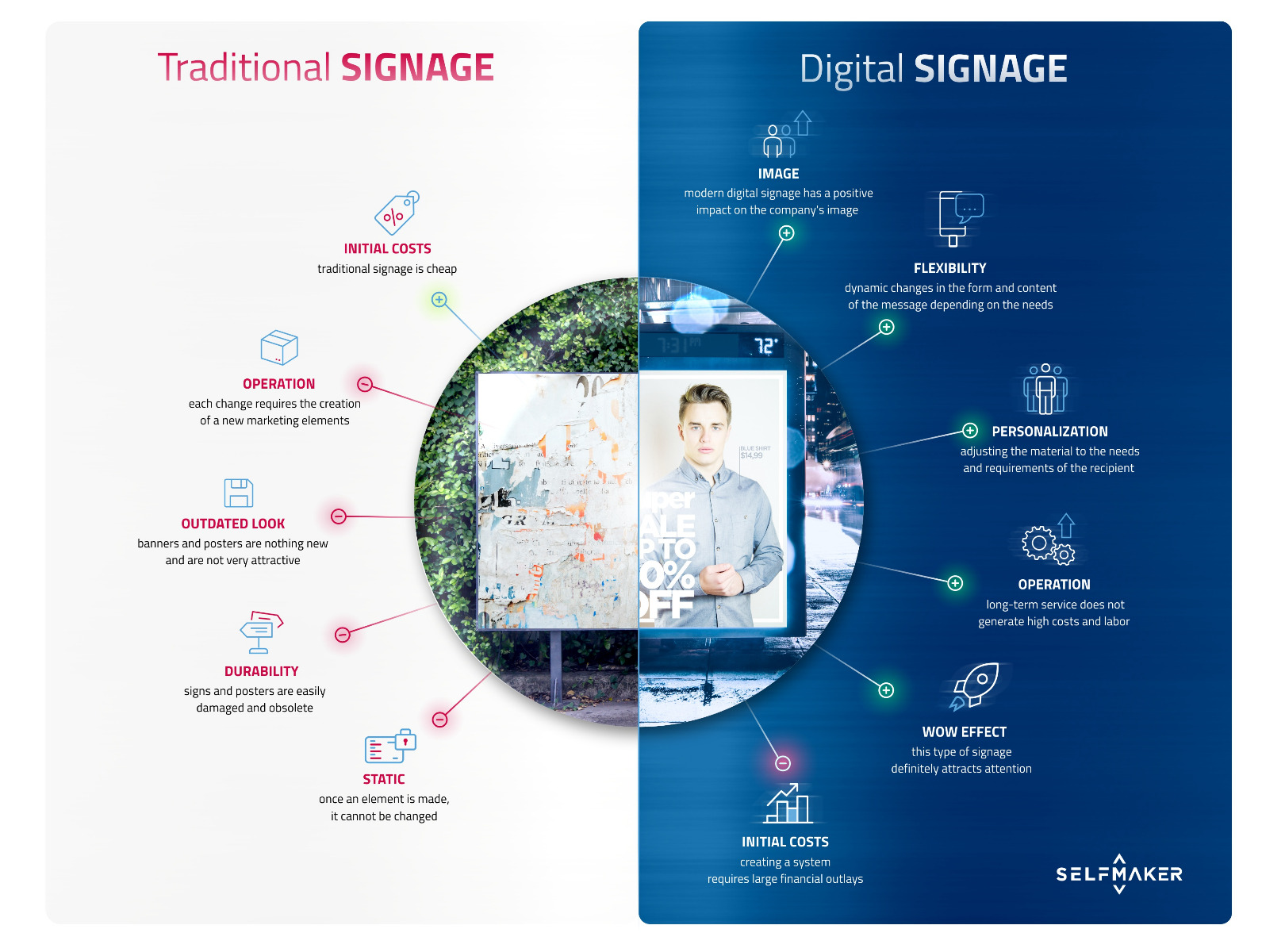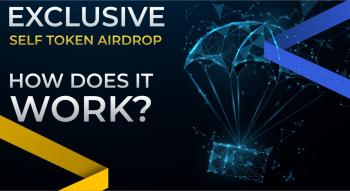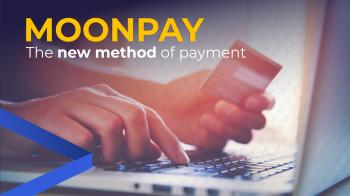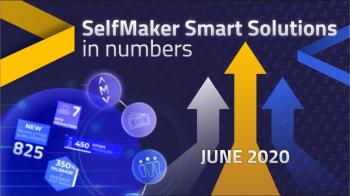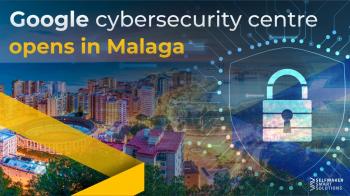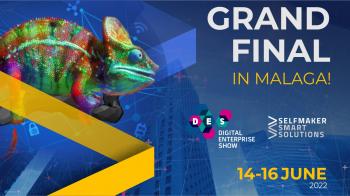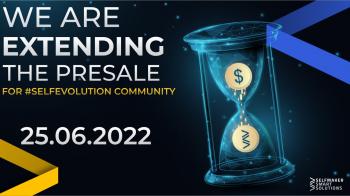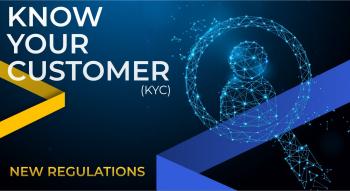Digital Signage - see what you want to see
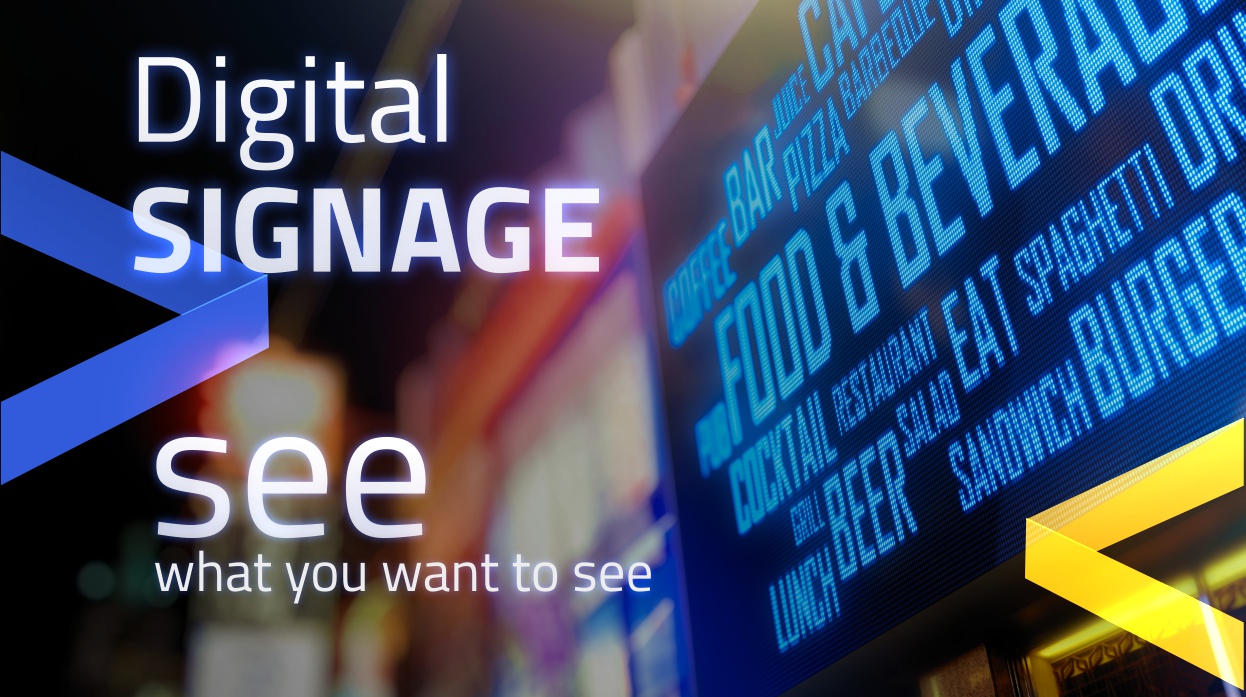
October 9, 2020 | #selfevolution academy
As people living in the turn of the century, we have this amazing opportunity to observe the extremely fast pace of civilization development. Nowadays, in order to notice the enormous changes in the world, we no longer have to ask parents or grandparents what it was "in their time". It is enough to go back even 10 years to smile with pity and nostalgia, remembering what life, communication and even everyday electronic equipment looked like then. The discussion about advantages and disadvantages of such a state of affairs is a material for separate series of articles, or even an entire book, so we will not deal with it now. But the fact is, that such changes force changes. Changes in running a business, marketing, acquiring customers, because whoever stands still, he is going back.
Paper or pixels?
One of the areas that can take advantage from the benefits of modern technology is the so-called out-of-home marketing, that is everything that visually attracts customers "off the street" - posters, billboards, banners, boards, signs and signposts. These solutions, known in this form for hundreds of years, also lived to see a revolution, thanks to digital signage, a modern, electronic form of marketing and information communication, based on large-format, interactive screens, used to display advertising, warning, educational materials or information. Since the miniaturization of electronics took off with full force, we can more and more often observe the effects of using digital signage in shopping malls, railway stations or even museums.
Let’s consider this solution in the context of the potential opportunities, profits and losses that companies wanting to go in this direction must take into account.
Not all gold, but ...
Let's reverse the order typical of such texts and consider first what we lose by abandoning traditional advertising methods in favor of digital signage. First of all, it is experience and know-how acquired over the years. The use of visual advertising has been known for hundreds of years, has been tested in countless ways, and the results of using standard solutions are very easy to predict. We just know how to do it efficiently.
We also know how to do it nicely! The screen will always be just a screen, no matter what is displayed on it. It does not give the opportunity to convey certain details important for the senses and emotions. It doesn’t create an atmosphere, does not give the possibility to put this final, aesthetic touch, whether by using appropriate materials or certain typical, memorable graphic forms (beautiful wooden signposts leading to a vintage restaurant, or even a tall pole with a huge McDonalds logo).
Finally, let's talk about the obvious, something that can be a bargaining chip when choosing between tradition and modernity. Building a strategy and marketing infrastructure based on static advertising is simply cheap. The production of banners, posters, signs does not require any complicated technology or special quality materials. However, the financial savings resulting from traditional solutions are only apparent, so maybe let’s look at that from a different sides?
... still gold
However, each of the above-mentioned losses can be leveled. Know-how will be acquired, implementation costs will decrease over time, and visual deficiencies can be replaced with other exceptionally effective possibilities, such as beautiful, dynamic animations. In addition, thanks to digital signage, we gain a number of amenities that can’t be found with good-old banners or billboards:
- Flexibility and dynamics - what you mean is on the… screen. The content on the displays can be changed freely in a fraction of a second, adapting to the situation, requirements, time of day or the target customer group. An example is showing offers that are attractive to students during their school leaving times. Changes in offers, new promotions or a complete redesign of the graphic concept also do not force the production of new advertising materials, what is always associated with additional work and costs, just "click" and it's ready.
- Personalization and interaction - not everything that will be presented on the screen has to attract the attention or interest of potential customers. Therefore, the use of touch panels allows the user to take control and adjust the content to their own requirements, to feel like being "in the center" of interest. This solution also allows the introduction of many informational and educational functions, such as menus, interactive maps or photo galleries.
- WOW effect - technology is always impressive, especially framed in an elegant and effective form. The use of multimedia screens allows for completely free use of means to attract people's attention. Effective animations, sometimes combined with sound, bright and vivid colors and the dynamics of the message will certainly attract many eyes. And that will facilitate the achievement of the intended goals. Because in the 21st century attention is the greatest value.
- Corporate image - as a naturally inquisitive creature, man likes all news and curiosities. Introducing digital solutions will effectively build the image of a solid, modern and up-to-date company, which additionally cares about the environment by reducing the use of wood, paper or poisonous chemicals in the production of ordinary advertising materials.
A step in the right direction
Whether we like it or not, digital solutions will take over an increasing part of every industry and market. Why? Because they are profitable, they provide incomparably greater opportunities and a lot of scope for the creativity of people responsible for marketing. Perhaps they are not perfect in every way, but they overwhelmingly outweigh the static solutions that we have known for years. Therefore, digitization is not only a choice but actually a necessity, especially in the hyper-competitive market of the 21st century. There are as many ways to a goal as there are ideas for running a business. Proven tradition or promising modernity, or maybe a combination of both? The choice is an individual matter.
